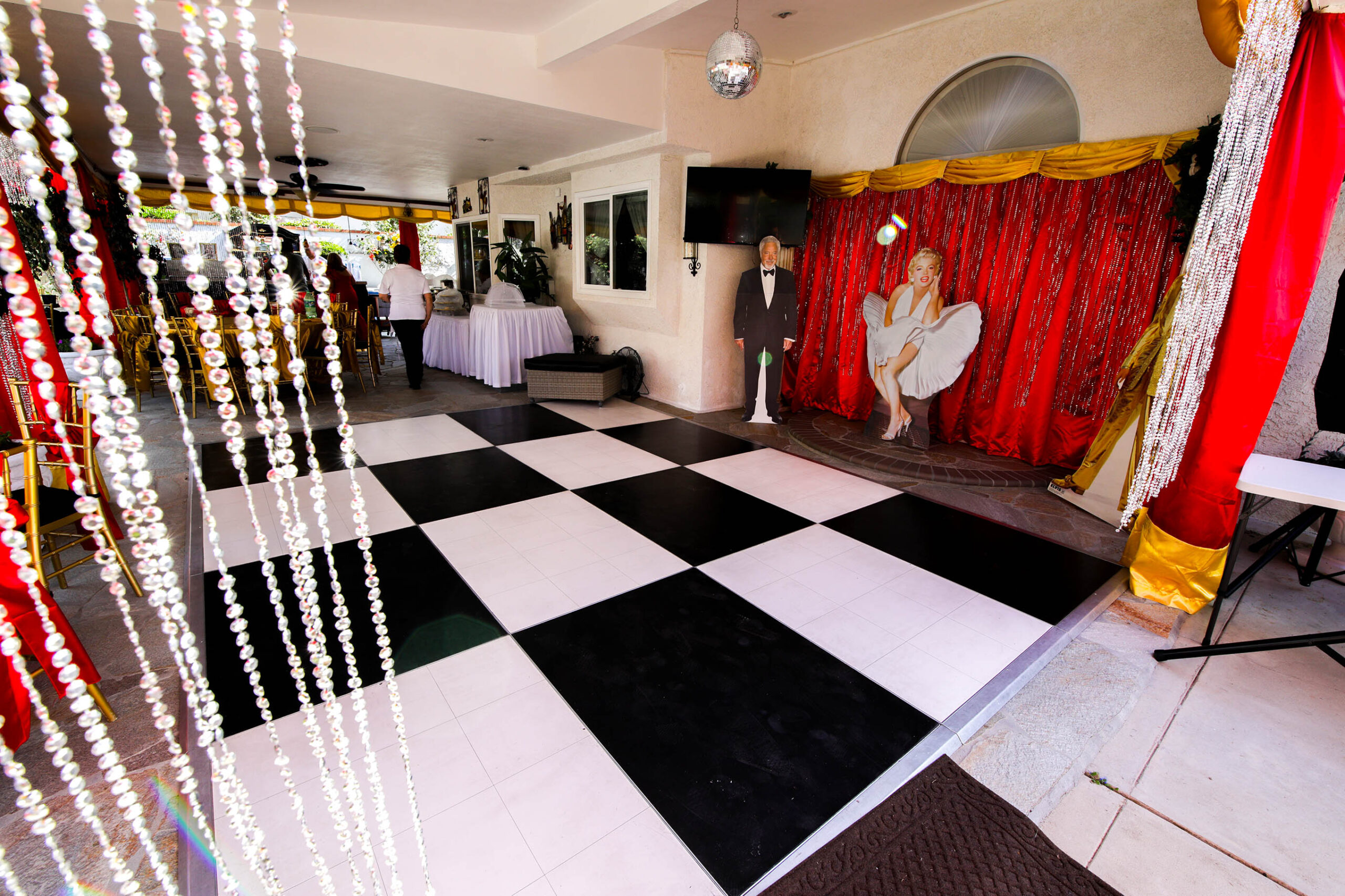Enhancing Creativity With Color Concept for LED Dancing Platform Designs
Enhancing Creativity With Color Concept for LED Dancing Platform Designs
Blog Article
Color concept represents a important aspect of aesthetics, especially when it comes to creating light-emitting diode dancing floors. The interplay of colors can significantly influence the mood and energy of a venue. By understanding how hues function together, designers can create an ambiance that enhances the overall encounter for dancers. This article examines the basics of color theory and its use in LED dancing surface designs.
The main hues are crimson, azure, and yellow. These colors cannot be made by mixing other colors combined. Secondary colors, such as green, orange, and purple, are formed by combining main hues. Tertiary colors are formed by mixing a primary color with a secondary color. Understanding these fundamental connections helps creators select hues that complement one another and create a aesthetically pleasing show. Combining these colors on an LED dancing surface can result to vibrant and exciting outcomes that attract the attention of participants.
Hue value also holds a crucial role in design. Hues can be classified as hot or chill. Hot hues, such as crimson, orange, and yellow, often to elicit emotions of enthusiasm and heat. In opposition, cool colors like blue, emerald, and violet often see it here create a calm and tranquil environment. Designers can use these color values to establish the ambiance for various kinds of events. For instance, a celebration environment may benefit from warm hues that energize the audience, while a further calm event might use chill hues to provide a calming effect.
In furthermore to hue combinations and value, luminosity and saturation are vital factors to take into account. Brightness refers to how bright or dim a color looks, while intensity measures the intensity of a hue. Vivid, saturated colors can generate a lively and lively environment, ideal for dancing surfaces. On the contrary hand, gentler, less saturated hues can create a more muted atmosphere. Through manipulating luminosity and intensity, designers can attract focus to specific sections of the dancing floor or create sight routes, more info here leading dancers through the space.
Ultimately, it is essential to take into account the psychological impacts of hue in LED dance surface layouts. Various colors can evoke different feelings and reactions. For example, red is frequently linked with passion and energy, while blue can be soothing and tranquil. Understanding these associations enables creators to strategically apply colors to influence the behavior of participants. Through integrating color theory into LED dancing surface designs, creators can enhance the total encounter, rendering it memorable and enjoyable for everyone participating.